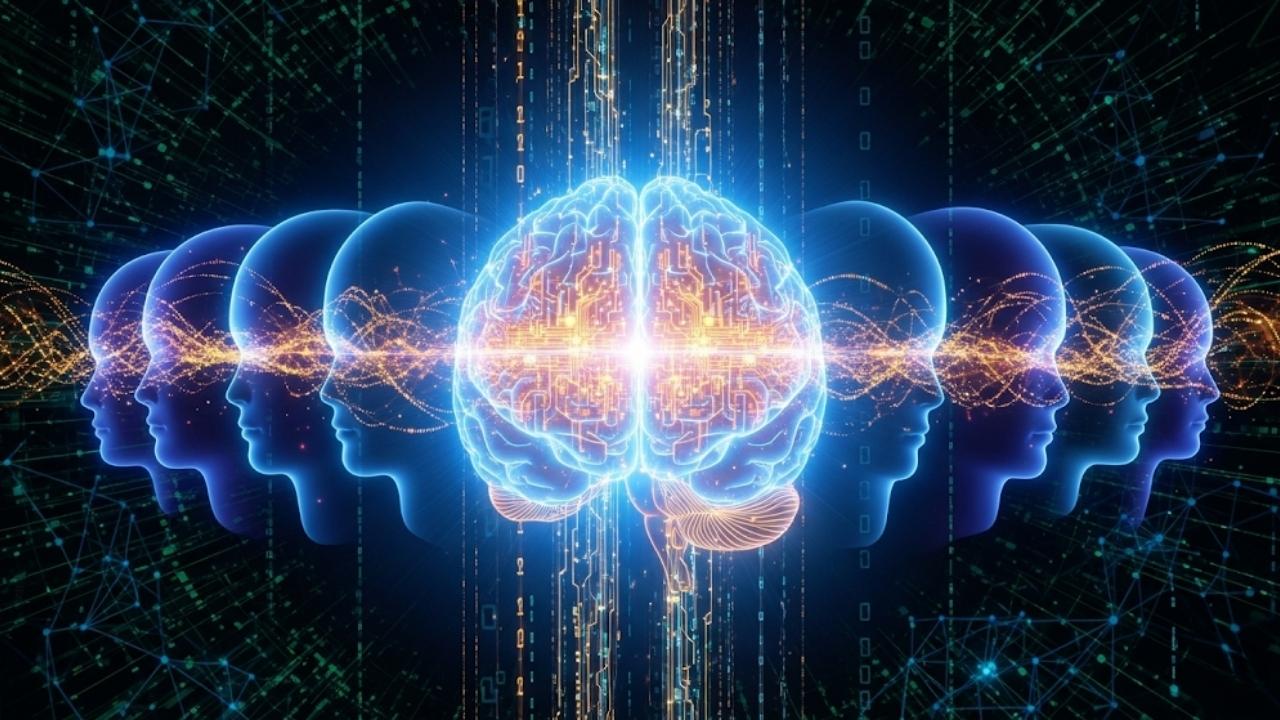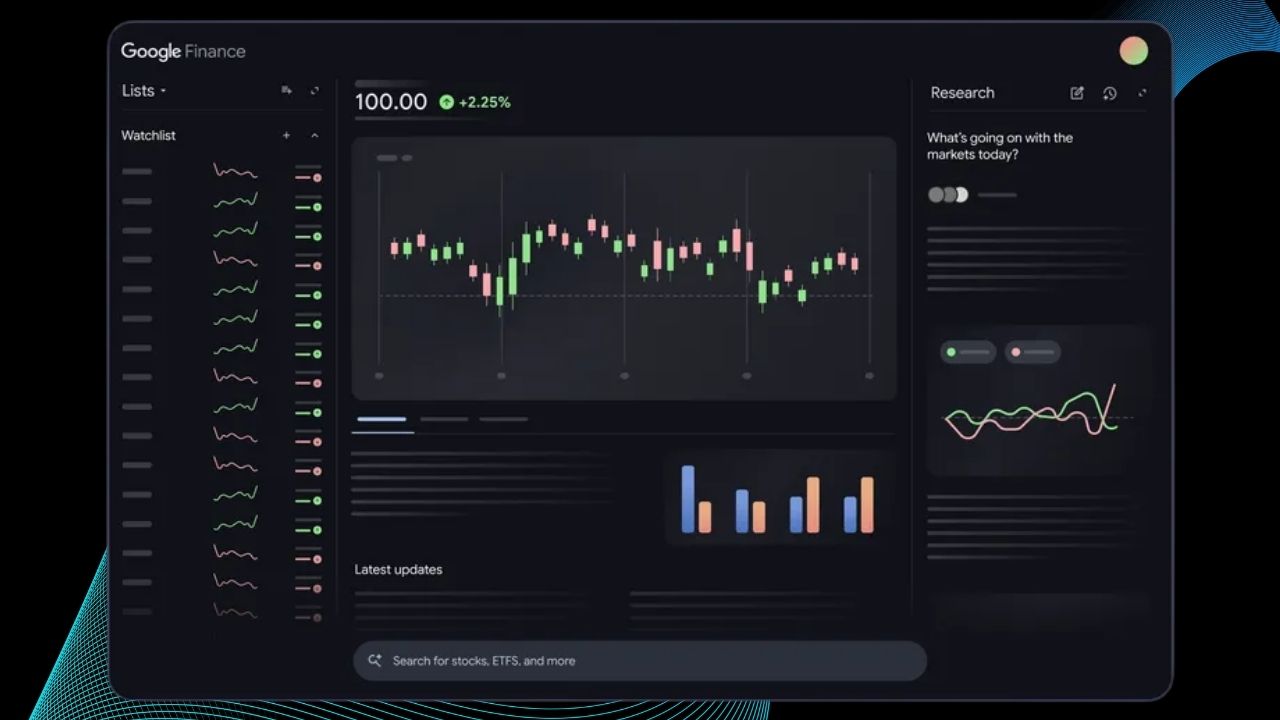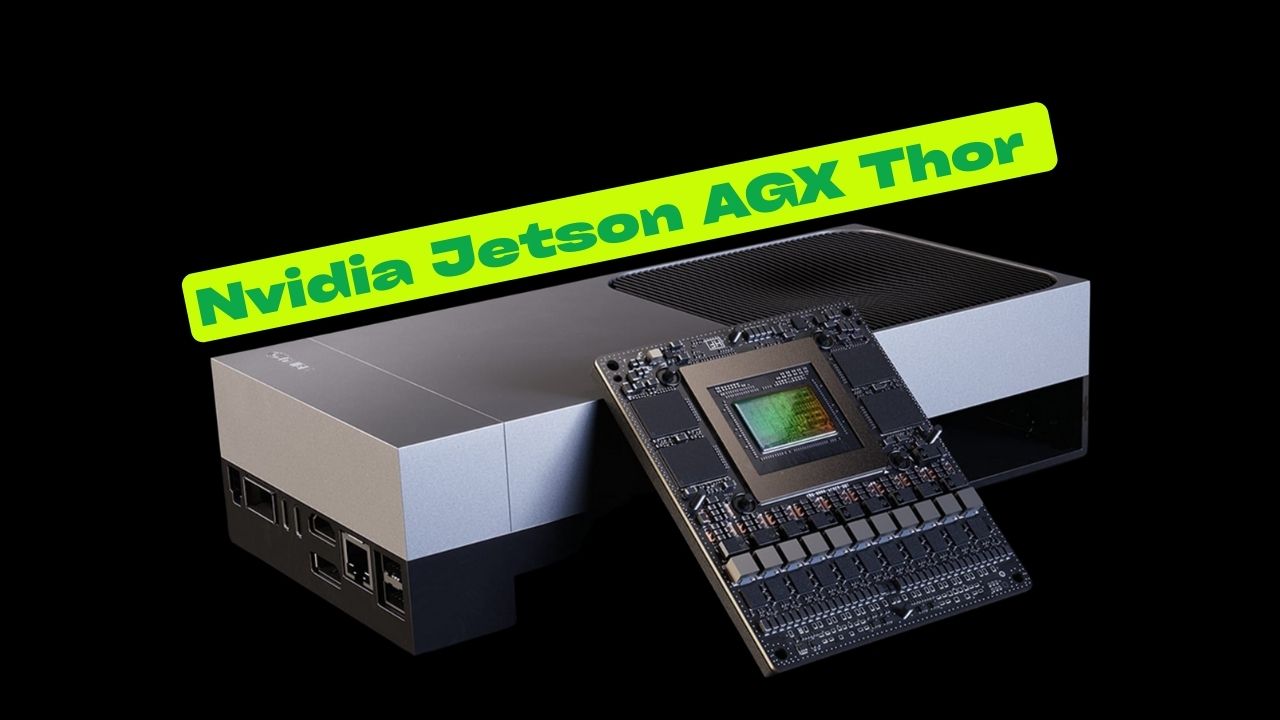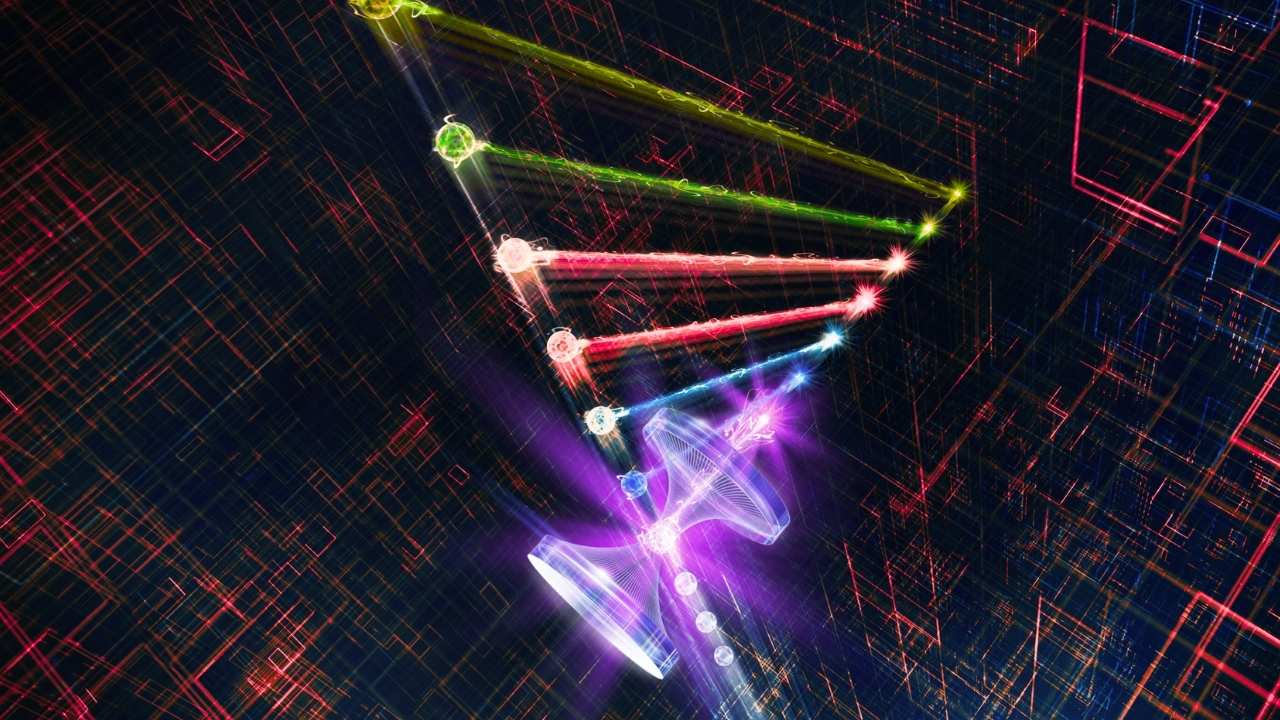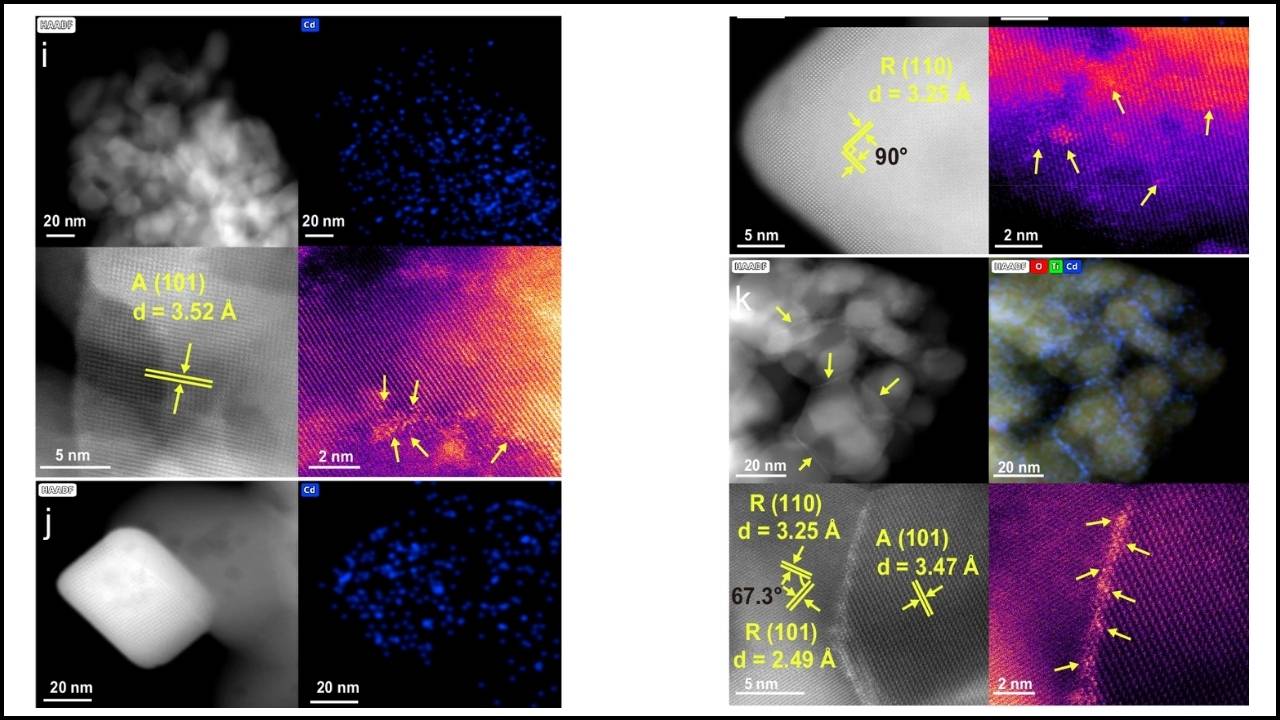Superconducting Magnets Detect Gravitational Waves: In the world of astrophysics, a groundbreaking discovery is unfolding: superconducting magnets—once mainly used for experiments like hunting dark matter—are now being transformed into ultra-sensitive gravitational wave detectors. This exciting development opens up a whole new window into the universe, allowing scientists to observe cosmic events that were previously invisible. Imagine being able to “see” the universe not just with light, but also by feeling the ripples in space itself—this is what gravitational wave detection is all about.
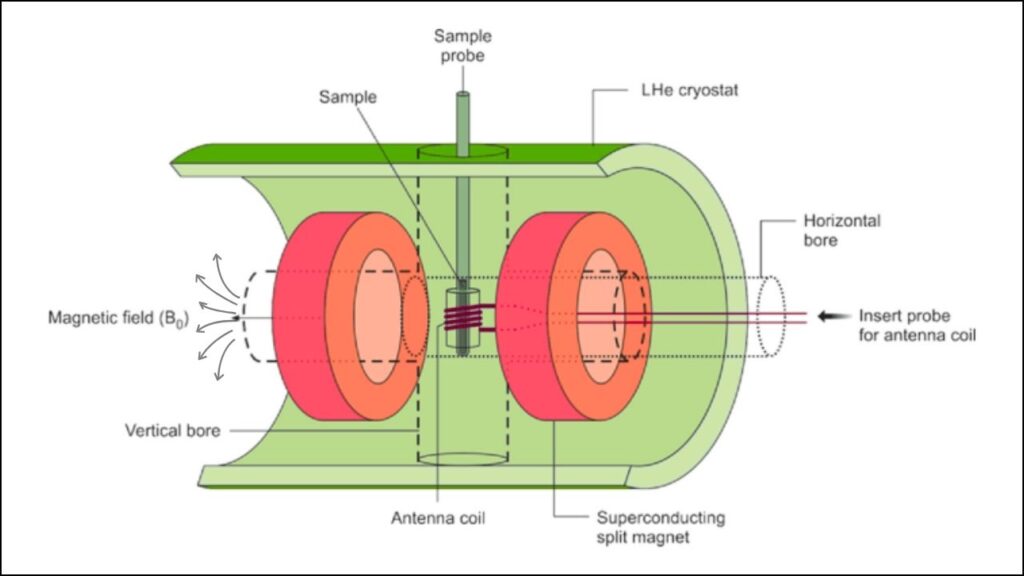
Gravitational waves were first predicted by Albert Einstein over a century ago. They are ripples in the fabric of spacetime, caused by massive events like black holes colliding or neutron stars merging. Detecting these waves has always been a challenge, but recent advances in technology are making it possible to “listen” to the universe in ways we never could before. Now, with the help of powerful superconducting magnets, we are entering a new era of cosmic exploration.
Superconducting Magnets Detect Gravitational Waves
| Feature | Traditional Gravitational Wave Detectors (LIGO/Virgo) | Superconducting Magnet Gravitational Wave Detectors |
|---|---|---|
| Detection Principle | Laser interferometry | Magnetic Weber bars, levitated superconducting mass |
| Frequency Range | Hz–kHz | kHz–MHz |
| Sensitivity | h∼10−22/Hzh∼10−22/Hz (LIGO) | h≲10−19–10−20/Hzh≲10−19–10−20/Hz (proposed) |
| Technology Used | Large interferometers | Superconducting magnets, SQUIDs, microwave resonators |
| Potential Use Cases | Black hole mergers, neutron star collisions | Exotic astrophysics, early universe, dark matter |
| Official Reference | LIGO | — |
The use of superconducting magnets to detect gravitational waves is a revolutionary step forward in our ability to observe the universe. By opening up a new window on high-frequency gravitational waves, this technology promises to reveal secrets of the cosmos that were previously hidden. Whether you’re a student, a science enthusiast, or a professional researcher, there’s never been a more exciting time to explore the universe through the lens of gravitational wave astronomy.
What Are Gravitational Waves?
Gravitational waves are like the ripples you see when you drop a pebble into a pond, but instead of water, they travel through the fabric of space and time itself. They are created by some of the most violent and energetic events in the universe, such as the collision of black holes or the explosion of massive stars. When these waves pass through Earth, they cause everything—including our detectors—to stretch and squeeze ever so slightly.
For a long time, scientists could only imagine these waves. Then, in 2015, the LIGO team made history by detecting gravitational waves for the first time. This discovery confirmed Einstein’s theory and opened up a new field of astronomy.
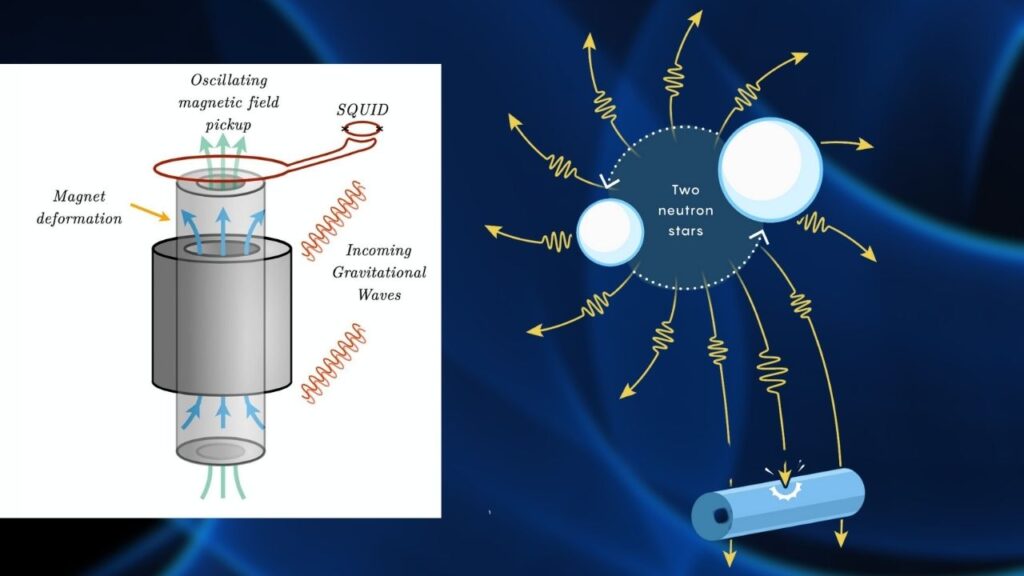
The Challenge of Detecting Gravitational Waves
Detecting gravitational waves is incredibly difficult because their effects are so tiny. Even the most powerful waves from distant black hole collisions only stretch and squeeze space by a fraction of the width of a proton. That’s why scientists need ultra-sensitive detectors.
Most detectors, like LIGO and Virgo, use laser beams and mirrors to measure these tiny changes. But these instruments are huge—often several kilometers long—and are mainly sensitive to gravitational waves in the Hz to kHz range. There are other detectors, like pulsar timing arrays, that look for waves in the nanohertz range. But what about the waves in between, or at even higher frequencies? That’s where superconducting magnets come in.
How Superconducting Magnets Work as Gravitational Wave Detectors
Superconducting magnets are special because they can conduct electricity without any resistance when cooled to very low temperatures. This makes them extremely stable and sensitive, perfect for detecting the faintest signals from space.
The new idea is to use these magnets as “magnetic Weber bars.” This concept builds on an old idea from the 1960s, when Joseph Weber tried to detect gravitational waves using massive metal cylinders. Weber’s method worked well at certain frequencies, but not at others. The new approach uses the enormous magnetic energy stored in superconducting magnets, which is much greater than the energy available in traditional Weber bars.
When a gravitational wave passes through a superconducting magnet, it causes tiny vibrations in the magnet’s structure. These vibrations change the magnetic field inside the magnet, and these changes can be detected using ultra-sensitive sensors called SQUIDs (Superconducting Quantum Interferometric Devices). A pickup loop—like a magnetic antenna—placed near the magnet captures these tiny changes and turns them into a signal that scientists can measure.
The Science Behind the Detection
Here’s a simple step-by-step breakdown of how a superconducting magnet detects gravitational waves:
- Gravitational Wave Arrives: A ripple in spacetime passes through the detector.
- Magnet Vibrates: The wave causes the magnet to vibrate ever so slightly.
- Magnetic Field Changes: These vibrations change the magnetic field inside the magnet.
- Signal Detection: A pickup loop and SQUID sensor detect the changes in the magnetic field.
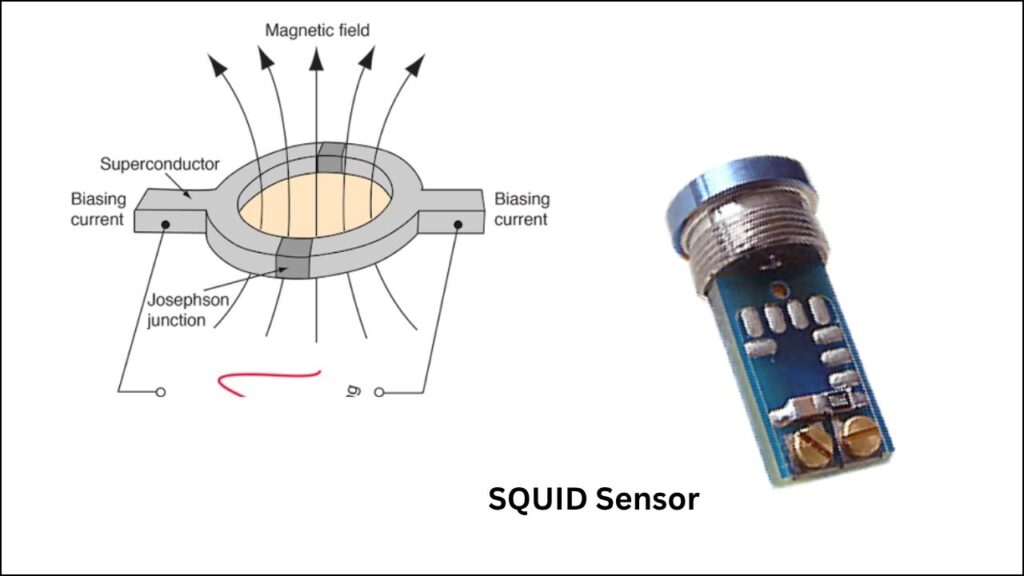
- Data Analysis: Scientists analyze the signal to learn about the source of the gravitational wave.
Another exciting design uses a superconducting sphere levitated in a magnetic field. When a gravitational wave passes by, it causes the sphere to move, which in turn changes the magnetic field around it. This change can be measured with a special microwave resonator, giving scientists a very sensitive way to detect the wave.
Why Is This Important?
This new technology is a game-changer for several reasons:
- New Frequency Range: Superconducting magnet detectors are sensitive to gravitational waves in the kilohertz to megahertz range, which is difficult to probe with current detectors.
- Enhanced Sensitivity: The use of superconductors means these detectors can be much more sensitive and stable than traditional methods.
- Compact and Versatile: Unlike giant interferometers, these detectors can be much smaller and more flexible, making them easier to build and operate.
- New Discoveries: By opening up a new window on the universe, these detectors could help scientists discover new types of cosmic events, study the early universe, and even search for clues about dark matter.
Practical Applications and Examples
Let’s look at some real-world examples and practical advice for those interested in this field:
- Dark Matter Experiments: Many superconducting magnets are already being built for dark matter experiments. These same magnets can now be used to hunt for gravitational waves, making the most of existing technology.
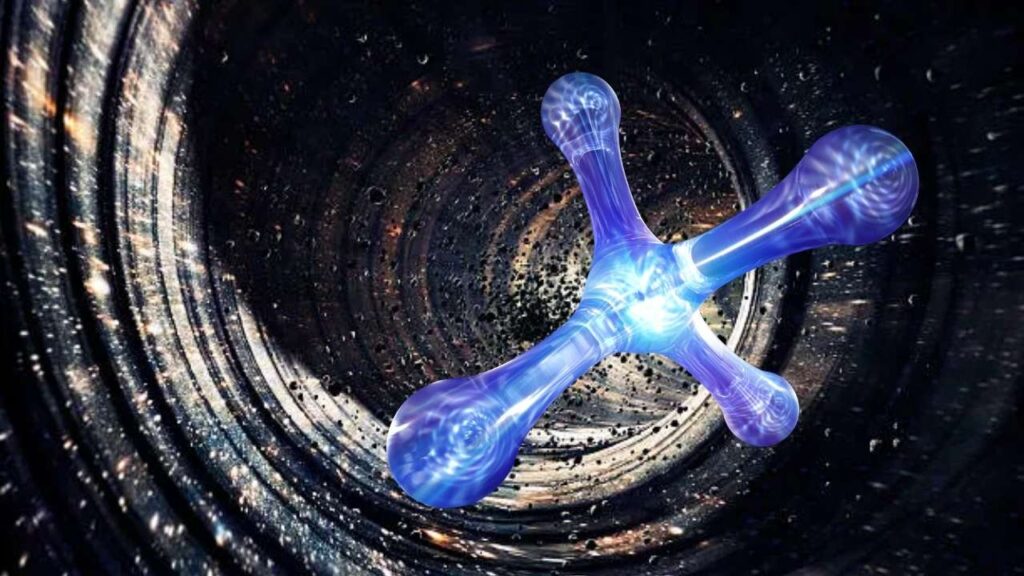
- Astrophysics Research: Scientists can use these detectors to study exotic objects like primordial black holes, cosmic strings, and other phenomena that emit high-frequency gravitational waves.
- Education and Outreach: The principles behind these detectors are great for teaching students about physics, engineering, and astronomy. Simple classroom experiments with magnets and sensors can help explain how gravitational wave detection works.
How to Get Involved
If you’re interested in working with superconducting magnet gravitational wave detectors, here are some steps you can take:
- Learn the Basics: Study physics, especially electromagnetism and quantum mechanics.
- Explore Engineering: Gain skills in electronics, cryogenics, and sensor technology.
- Join Research Teams: Look for opportunities to work with universities or research labs that are developing these detectors.
- Stay Updated: Follow the latest research in scientific journals and on platforms dedicated to physics and astronomy.
Scientists Use Powerful Magnets to Search for High-Frequency Gravitational Waves
Quantum Breakthrough: Quantinuum Reaches Critical Milestone in Error Correction
Most Distant Mini-Halo Ever Observed: Unlocking the Secrets of the Early Universe
FAQs About Superconducting Magnets Detect Gravitational Waves
Q: What are gravitational waves?
A: Gravitational waves are ripples in spacetime caused by massive cosmic events like black hole collisions.
Q: How do superconducting magnets detect gravitational waves?
A: They use the magnetic energy stored in the magnet to sense tiny vibrations caused by passing gravitational waves, which are then detected with sensitive sensors like SQUIDs.
Q: Why is this new method better than older ones?
A: It allows detection in a new frequency range (kHz–MHz), is more sensitive, and can be more compact and versatile than traditional detectors.
Q: Can anyone build a superconducting magnet detector?
A: Building these detectors requires advanced knowledge and equipment, but the basic principles can be demonstrated in educational settings.
Q: What new discoveries could this technology lead to?
A: It could help scientists discover new types of cosmic events, study the early universe, and search for dark matter.


